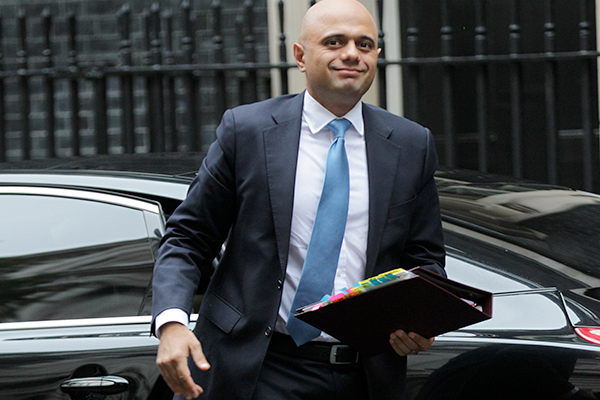You are viewing 1 of your 1 free articles
Prevention is better than the cure: time for truly affordable homes
Tom Dacey calls for government to re-balance funding towards new affordable housing, warning that otherwise we will all pay through increased homelessness
Last Thursday (14 September) Southern Housing Group hosted the launch of the UK Housing Review 2017 Briefing Paper, on the 25th anniversary of the first publication of the review.
Since the launch of the review in 1992 we have had 19 housing ministers – hardly the best way to ensure consistency of policy.
Back then we were in a period of housing slump, with 75,000 repossessions recorded the year earlier in 1991.
Repossessions are less prominent today, but at the top of our agenda have to be the interlinked questions of how to tackle supply and affordability.
“The term ‘affordable housing’ now has no useful meaning at all.”
The evidence around the number of new homes being built is dealt with in depth in the review, and so is the subject of affordability.
The term “affordable housing” itself has fallen into disrepute since 2010, and now has no useful meaning at all, other than as part of the derogatory expression “so-called affordable housing”.
The review tells us that “affordable” output from government programmes is running at half the levels of six years ago, with social rent output only a fraction of what it was then.
We also know that more than three million UK households now spend over a third of their income on housing costs.
Welfare reform, meanwhile, marches remorselessly on with the bedroom tax, benefit cap reductions, reductions in the Local Housing Allowance, and the single room rate for young single people making an instant impact, with the significant roll-out of Universal Credit ahead of us in 2017/18.
Unfortunately, as the review indicates, increasing supply is not the sole answer to the problem.
We won’t see an increase in the affordability of new homes by simply increasing the numbers available.
Evidence to the Redfern Review from Oxford Economics indicated that even boosting UK housing supply to the dream level of 310,000 homes per annum would only buy a 5% fall in the baseline forecast for house prices.
To take stock of the picture so far, we have problems with the concept of “affordability”, covering everything from social housing, through up to 80% of market rent and including shared ownership.
“Political will is needed to refocus priorities and finances.”
We have record low levels of social rent supply, and most are being provided with no grant. Here in London we have a degree of recognition of the scale of the problem, with the Greater London Authority’s new London Affordable Rent which will produce values close to social rent levels.
Outside London it is affordable rent up to 80% of market rents and shared ownership, both valuable products in their own right but not accessible to people on low wages or dependant on benefits.
Are we in a position where housing associations cannot afford to house the poorest in society, whether on benefits or low incomes? If we can’t, who will come to the rescue? Is there nothing that can be done about this until we miraculously emerge from austerity?
The answer is, of course, that political will is needed to refocus priorities and finances. There is a government budget round in November that would be a good opportunity to rethink one critical aspect of this deadlock – how housing funding is distributed.
“One way or another we will have to tackle the consequences of a lack of affordable homes.”
The UK Housing Review tells us that, although government has curbed its enthusiasm for the promotion of homeownership at the expense of all else, total housing investment up to 2020/21 still shows support for the private market totalling £32bn, as against affordable housing investment of £8bn.
Surely now is the time to rebalance this budget in favour of funding more homes for genuinely affordable rent?
If, say, £1.5bn were to be redirected from the £12.5bn support for Help to Buy equity loans to truly affordable rented provision, we would be in a position to make up nearly all the current 30,000 shortfall in the total 80,000 rented homes per annum consistently estimated to be needed by the late Dr Alan Holmans.
New money is always harder to find than existing money, and reconfiguring current spending would surely be easier to achieve in the current climate than finding new funding for social rent homes.
One way or another we will have to tackle the consequences of a lack of affordable homes – either in the unacceptable human and monetary cost of homelessness or by finding the funding to secure the required provision of new affordable housing. In my view, prevention is better than cure.
Tom Dacey, chief executive, Southern Housing Group










